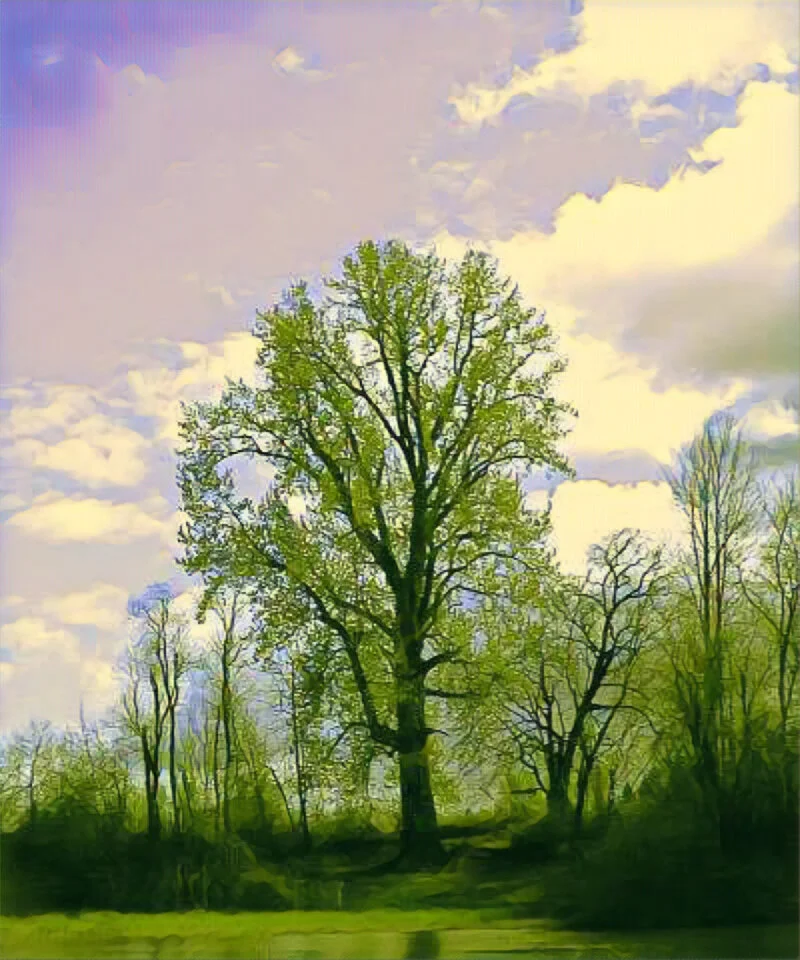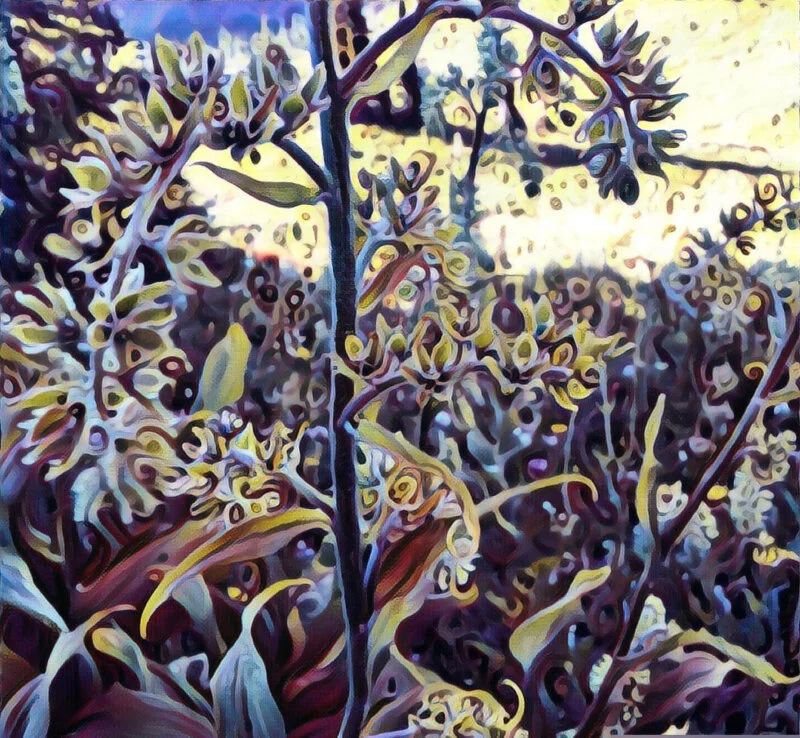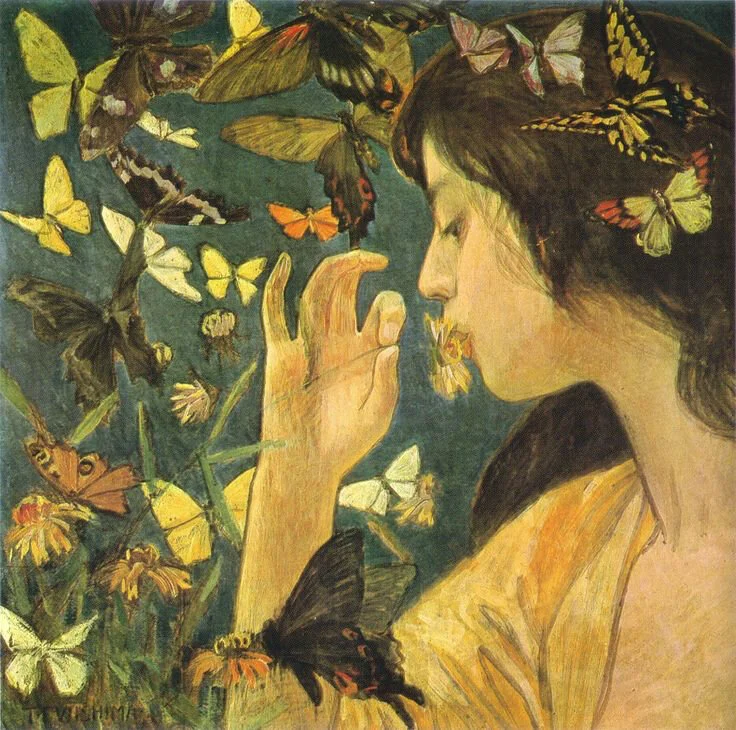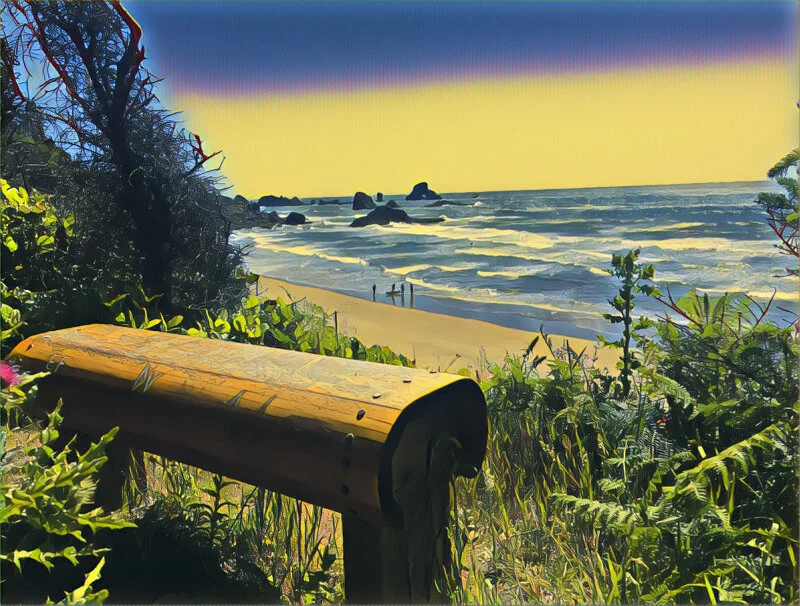On an early saturday morning in January and I drive out to the Sandy river as it empties into the Columbia. Along the banks tall fast growing black cottonwoods sprout like weeds. I can smell the rich fragrant scent from far away. Sweet resin exudes from the newly formed reddish brown buds. A recent windstorm has downed a couple tall trees and their branches hang heavy with aromatic perfume. I bend down and make a few prayers. Here in the Northwest this is the start off the gathering season. Black cottonwood (Populus trichocarpa) delivers her medicine and magic as a gift to the winds. Breathe in that overwhelming sweet luxurious hedonic scent. The perfume smells like a warm bath, like soft sunshine on the belly, like a gift for those who are scared, grieving, sad.
Western Red Cedar
Western Red Cedar has been one of the most important tree to native people throughout the Northwest and tends to live in low lying elevations near water. With wide sweeping branches that often form a J shape and copper red grey bark, western red cedar can grow to 200 feet tall and ten feet in diameter if allowed to grow for hundreds of years. Western red cedar (Thuja plicata) is not a true cedar (Cedrus sp) but belongs to the Cypress family (Cypressaceae). Plicata refers to the leaves which extend in flat aromatic plaits.
Aromatic Plants and their Healing Powers
For thousands of years, people from cultures throughout the world have worked with aromatic plants for healing, perfumes, cooking and for sacred medicine. We are often surrounded by aromatic plants in gardens and in forests. Think of roses, lavender, rosemary, daphne and jasmine that may grow in our backyard. Or think of walking through a forest of cedars, firs and pines. All of these aromatic plants and trees naturally exude “phytoncides”, volatile organic compounds that are enlivening, relaxing and healing.
Polyvagal Theory, Herbalism, Resiliency and Healing
Today we are experiencing epidemic levels of anxiety, depression and other forms of mental illness. Researchers have honed in on the usual culprits of stress, poverty, past trauma and oppression. But one scientist named Stephen Porges focused in on how humans process and adapt to severe stress and devised a new concept known as polyvagal theory. This theory shows how humans can engage and help each other to build nervous system resiliency, overcome stressors, and help us heal from trauma and emotional suffering.
The Nervous System
OK so lets dive into the nervous system and take a look at how it works. The nervous system has evolved and adapted to be able to manage and send information back and forth between the brain, the muscles, glands and organ systems. Much of that information consists of interpreting outside stimuli. managing threats, completing voluntary tasks involving the muscles and regulating the complex interchange of hormones and organ homeostasis.
The Columbia River and its People
In May of 1792, American sea captain Robert Gray commandeered the Columbia Redivivia down the Columbia River and named the river after his boat. A short while later in October of that year, a British naval officer by the name of Lieutenant Broughton sailed up the Columbia River as far as the Sandy River, just east of present day Portland, Oregon.
More ships came with British and American sailors ready to trade and just 13 years later in 1805, Lewis and Clark traveled overland and met the Chinook tribes who lived along the banks of the Columbia. A Chinook tribe known as the Clatsop took them in for the winter along the coast. This was a turning point in history. From these momentous meetings, the land and its people would never be the same.
In a short few decades the ancient indigenous civilization that grew around the wild massive Columbia River would be decimated by plagues, campaigns of extermination and war. The steady quickening march of settlers would come to dramatically reshape the Northwest landscape.
Devil’s Club: Sacred Plant of the Northwest
This summer I spent quite a bit of time with a plant known as Devil’s Club (Oplopanax horridus) that grows wild in the northwest and up through the west coast of Canada to Alaska. If you have ever come across this plant you will never forget it. It grows upwards of 12 feet tall with a tall sharply thorned stalk and wide branching palmate leaves that are also lined with spiky spines. The stalks fall along the ground in snaky decumbent stems that criss cross each other before climbing up to the sky. In early summer, a raceme of greenish flowers bursts forth and then turns into a cluster of bright red berries. This is a big beast of a plant which inspires both awe and frustration depending on the person.
Kratom
In the last few years there has been an explosion in the use of an herb known as kratom here in the U.S. Kratom comes from a tree common to South East Asia where it has been traditionally used for centuries. Mitragyna speciosa comes from the same family of plants as coffee (Rubiaceae) and has been commonly used as a stimulant (in low doses), a sedative (in high doses), an analgesic, for its euphoric qualities, to reduce dependence on opioids, for increased concentration and to improve mood and wellbeing.
Mimosa- The Happiness Tree
Early this summer I realized my beautiful Mimosa tree was growing kind of out of control. This is an extremely fast growing tree that had risen to about 50 feet high and was intermingling its branches amongst the power lines. Time to prune. And since I was going to prune, this was also a perfect time to gather medicine from the bark.
Mimosa has been valued highly for centuries in traditional Chinese medicine as a botanical that can improve mood, wellbeing, decrease anxiety and bring a sense of peaceful calm, especially to those with a troubled heart and those who have experienced a great deal of stress and trauma. It is so highly valued that it is surprising to me that it hasn’t been appreciated more in the West and is relatively unknown outside of herbalist circles.
Mimosa “Full Happiness” Flowers
In a previous article I wrote about gathering bark from the Mimosa (Albizia julibrissin) tree to make medicine. Known as “He Huan Pi” in Chinese medicine, mimosa bark is renowned for its ability to “anchor the heart”, meaning that it helps stabilize emotions, brings gentle calm to the spirit and is helpful for those with anxiety, insomnia, symptoms of post traumatic stress and panic. In this article I will write about the amazing virtues of He Huan Hua, the flowers of the Mimosa tree. He Huan Hua translates literally as full happiness flowers.
10 Types of Healing Plants for Mental Health and Emotional Wellbeing
In this article I will be exploring many of the traditional ways that people have worked with plants to help heal from metal and emotional complaints. In reality any herb can be an “herb for mental health” . If one is struggling from chronic bronchitis, then lung herbs that help a person recover would impact their mood and overall wellbeing as well. Herbs that heal external wounds or improve kidney function or work on any level to heal physical maladies will spill over into improving mental health as well. But in this context I am focusing on herbal categories that traditionally are deeply helpful for emotional complaints such as anxiety, insomnia, stress and sadness.
Trauma, the Gut and Healing: Building Deep Resiliency
Stress, trauma, poor diet, antibiotics, medications such as NSAIDS and chemicals all can cause damage to the microbiota. When under extreme stress as a child, the microbiota can be damaged to the point of reducing the diversity of flora in the gut. Not only that but this can lead to lifelong damage to the microbiota. A lack of microbiota diversity is linked to greater levels of anxiety and depression and heightened inflammatory markers. The good news is that there are a number of things we can do to improve the health of the gut and to improve the microbiota. Through changes in our diet and adding key herbs the microbiota can be healed to help people feel better physical and emotionally. In essence, early childhood trauma can be treated in part by addressing digestive health.
Healing from Childhood Trauma
In this article, I want to briefly explore the relationship of early childhood trauma with persistent emotional issues. As a therapist I often work with people who are dealing with long term anxiety and depression that are rooted in part to challenging or abusive relationships with one’s family of origin. Understanding the role of trauma can be key to understanding how to heal and move through persistent emotional distress.
Healing the Heart: Exploring Heart Rate Variability and Trauma
At the top of the heart, a small bundle of cells known as the sinoatrial node regularly send out an electrical impulse. The signal causes the walls of the heart to contract, sending blood into the ventricles and then out to circulate through the body. For some of us the rhythm of the heart is quite irregular and that arrhythmia can be dangerous. But small variations in heart rhythm are actually very healthy.
Imagine someone who’s heart beats at 60 beats a minute, or once a second. That rate is actually not exactly one beat per second but may deviate by a few milliseconds quicker or slower each time. That variability is actually quite healthy and very important to our physical and emotional health. Those who have more “heart rate variability” are more resilient and adaptable to stress. In essence they are more fluid and flexible and stressors don’t bother them quite as much. Those who have less variability and a more regular rhythm have less resiliency and can become more easily aroused and stressed out.















